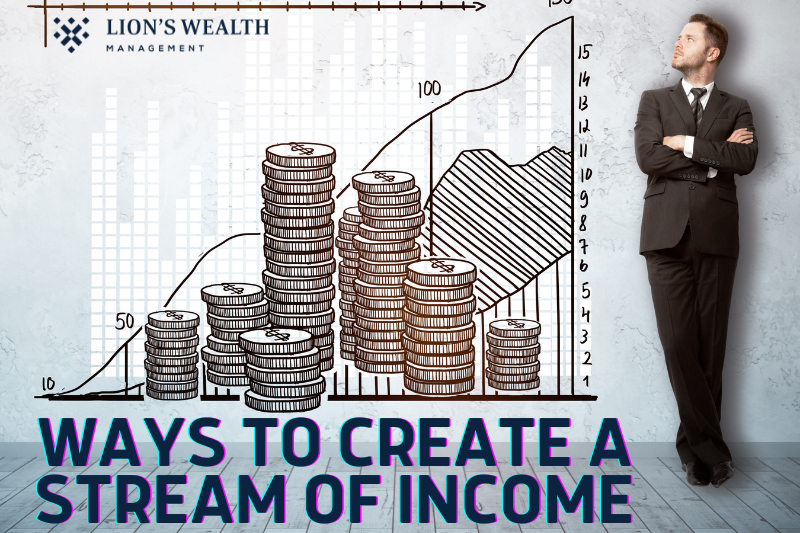Social Security
What Is Social Security?
The term “Social Security” refers to the United States’ Old-Age, Survivors, and Disability Insurance (OASDI) program, which is administered by the Social Security Administration (SSA), a government agency. Though it is most recognized for its retirement benefits, it also offers survivor benefits and income for injured workers.
More over 70.2 million Americans were receiving benefits as of June 2022.
- Social Security is a government program in the United States that pays retirement and disability payments to qualifying individuals and their spouses, children, and survivors.
- Workers must be at least 62 years old and have paid into the system for at least ten years to be eligible for Social Security retirement benefits.
- Workers who delay taking Social Security until they reach the age of 70 will earn greater monthly payments.
- The amount of those benefits differs from person to person since it is computed based on your average indexed monthly earnings (AIME) during your 35 highest-earning years.
- People who are unable to work due to a handicap, as well as surviving spouses and children, may be eligible for benefits provided they satisfy specific criteria.
Pension
What Is a Pension Plan?
A pension plan is an employee benefit in which the company pledges to making monthly contributions to a pool of money put aside to finance payments to qualified employees once they retire.
Traditional pension plans are becoming more scarce in the private sector of the United States. They have mostly been supplanted by less expensive retirement benefits for companies, such as the 401(k) retirement savings plan.
According to the Bureau of Labor Statistics, around 83 percent of public employees and approximately 15 percent of private employees in the United States are now covered by a defined-benefit plan.
- A pension plan is a type of retirement plan in which an employer contributes to a pool of assets set aside for a worker’s future benefit.
- Pension plans are classified into two types: defined benefit and defined contribution.
- A defined benefit plan ensures a fixed monthly payment for life (or a lump sum payment on retiring).
- A defined contribution plan establishes an investment account that develops over the course of an employee’s career. When the employee retires, the balance will be available to him or her.
Annuities
Annuities are one method to produce a lifetime income, invest for retirement without fear of market volatility, and leave something to your family or a chosen charity after your death. What was originally a basic premise has grown convoluted, as with many financial products.
- Annuities are classified into three types: fixed, variable, and indexed.
- Fixed annuities are risk-free investments that pay a fixed amount either in a lump sum or on a monthly, quarterly, or yearly basis.
- Variable annuities’ values might fluctuate based on interest rates, but any earnings increase tax-free.
- Indexed annuities are linked to the performance of an index, such as the S&P 500, and offer a return based on that performance, subject to a minimum.






